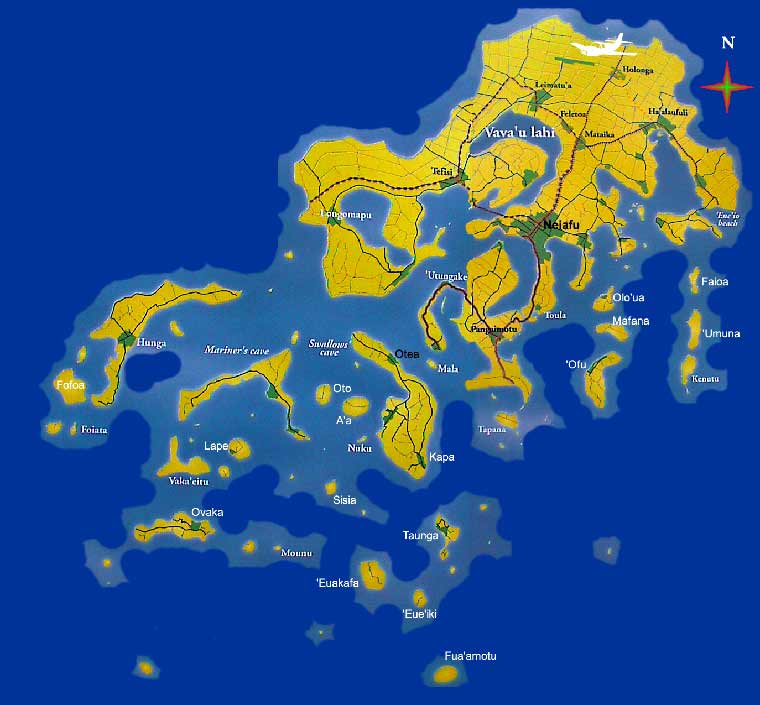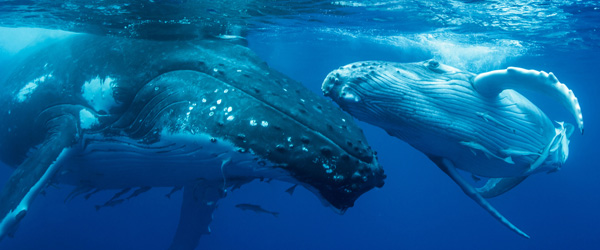It is closing time for departure to the
land where time begins, the first country in the world to greet each new day. This
mythical place where whales breed and new islands still form on the edge of a
trench so deep Mt Everest would fit. Here lies a brave group of shattered
islands formerly called the Friendly Islands, today the kingdom of Tonga. The
people here are first to see the daylight and proud of their unique history.
This is the only country in the Pacific region to never have been colonized.
They make up the smallest kingdom in the world and about just as many of their
one hundred thousand inhabitants are now living abroad in New Zealand,
Australia and USA. For Christmas holidays many expats rejoin with their
relatives to feast on piglets roasted in earth-ovens, refreshing pink drinks of
watermelon and coconut milk the locals call ‘Otai, and sweet crops like yam and
taro.
Tonga means South, and that is where I am going.
But just as I recall the distant memories from my childhood’s glorifying movies Pippi Långstrump i Söderhavet and Villervalle i Söderhavet…
Just as I picture myself in the upcoming movie-
Simon i Söderhavet…
Just in that moment... when I see all the exotic colors of Tonga, I get an odd feeling. I start to see my traveler’s guide friendly text above in the light of an act of exoticism. When I in my vague attempts of being semantically theatrical claim this as Paradise I risk placing myself in an unwanted position. Individually made with good attempts, but on a population level an action of alienation, justifying inequity and inequality. My subconscious wish to find Paradise in the distant Polynesian coral reefs, therefore depicting this island Kingdom in unnaturally bright colors. It seems innocent, but if I am not aware these thoughts may maintain the post-colonization structure I do not want to belong to. The truth is hard to find, and may be different depending on who you ask.

I want to find out what reality in Tonga is for me.

I am right now on my boyfriend’s and his
brother’s sofa enjoying my last day in Harlem, New York City. The TV is
playing, my boyfriend washes up tonight’s dishes, and a plate of Louisiana
crunch cake lies on a plate in front of me. Moist, airy, and with white crunchy
icing it looks delicious. It reminds me of the obesity epidemic around the
world. Traditionally known to affect high income countries like USA, today also
low- and middle income countries are increasingly affected. Over- and
undernutrition today coexist simultaneously within the border of the same
country, sometimes even within the same family.
In USA 75 % of the adults meet the criteria
for overweight or obesity. Tonga, a low- to middle income country, 90 % meet
the same criteria, with 15 % suffering from diabetes. Adolescence have shown to
be the crucial time for weight gain, and with Tonga having a youthful
population with a median age of 20 years old, it is more true than ever that
the young are the future.
What I do know before departing is that
resources in Tonga are scarce and the obesity epidemic has struck the island
countries of the South Pacific hard, with Tonga in top 4 globally.
This is a relatively new phenomenon which
has been described as a result of adopting Western lifestyles as well as
cultural factors, for example favoring energy dense food, appreciating a larger
body ideal, and a strong conservative hierarchal structure for women and
men.
For my Master thesis
I will undertake a comprehensive, qualitative approach to address this complex
issue. I wish to interview students, teachers, parents and other health
authorities about physical activity among adolescents in the Vava’u island. The
hope is to avoid the most obvious pitfalls and by early Swedish summer have a
Master Thesis to present. I have already learnt plenty about myself and how the
world works. If I in the end can help policymakers develop more efficient
interventions regarding physical activity, I would gladly walk that extra mile.
 The natural harbor Port of Refuge in Vava’u is considered one of the safest in the world, from above looking like a giant octopus with its tentacles consisting of dozens of islands.
The natural harbor Port of Refuge in Vava’u is considered one of the safest in the world, from above looking like a giant octopus with its tentacles consisting of dozens of islands. 

For spring, when I will be there, pace is
slower with lots of humidity, but the risk of tropical cyclones needs to be
considered. The storm Ian, January 2014, was the worst in decades and made
substantial damage.
The Tongan islands occur along the Ring of Fire and the risk of earthquakes and tsunamis are an
all-year threat. After an earthquake in Samoa 2009 a tsunami hit the northern
islands of Tonga. Undersea volcanic eruptions in 2006 and 2009 resulted in new
islands being formed, and in 1946 volcanic activity called for the complete
evacuation of the inhabitants of Niuafo’ou, who were allowed to return to their
homes first ten years later.

_svg.png)


Inga kommentarer:
Skicka en kommentar